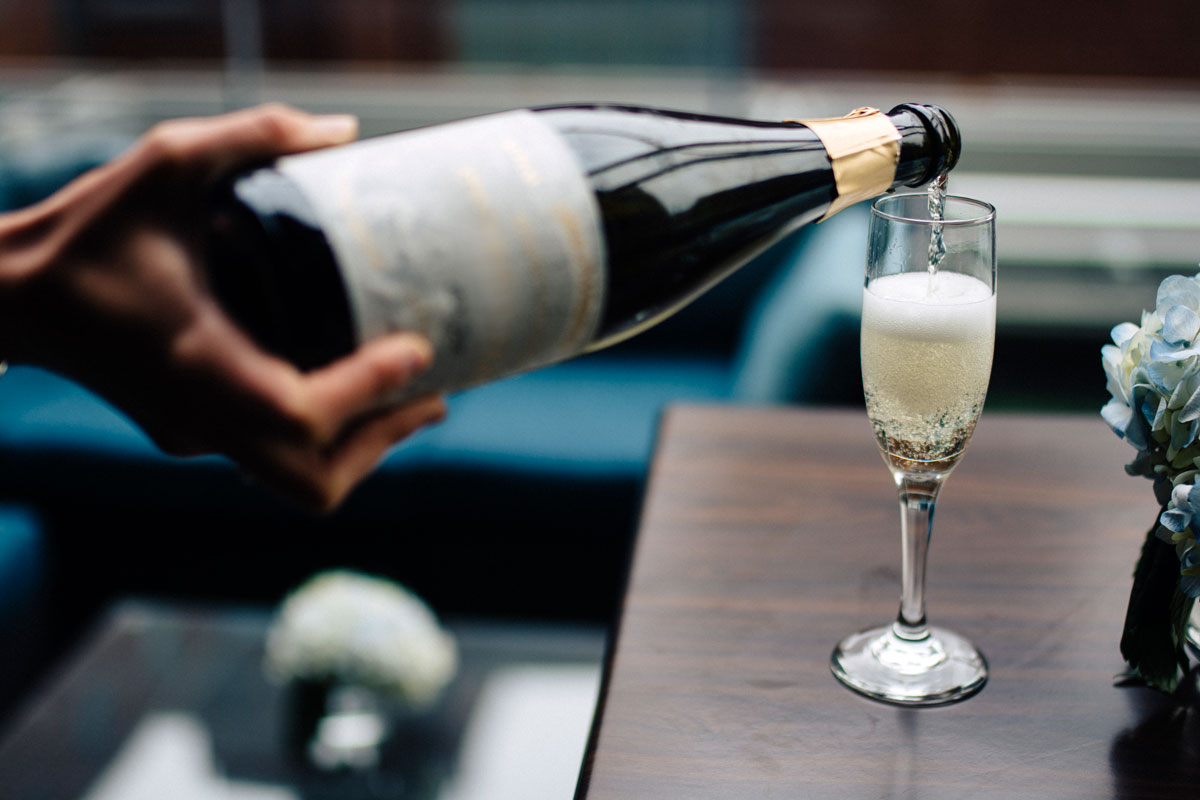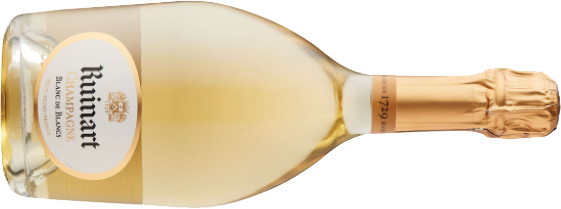
Wine Culture Magazine

#ChampagneDay is October 27. Getty Images photo
October 27, 2023, is officially World Champagne Day. It’s a time to mark the effervescent moments in life with a glass (or two) of bubble. Join in one of the many events hosted by retailers, restaurants and bars around the world (find some of them here)—or simply raise a glass with friends.
Just remember: The day is all about Champagne and not just any sparkling wine. Champagne can only come from the Champagne region of France, about an hour northeast of Paris, and has a noble legacy that dates back to the Romans, who planted vines here in the 5th century or possibly earlier.
In Champagne, Chardonnay, Pinot Noir and Pinot Meunier grapes grow on limestone soils in a cool, continental climate. The wine’s famous bubbles are the result of a secondary fermentation in the bottles as they rest in cool, damp cellars, developing complex flavours and aromas of citrus, apple, almonds, white flowers and brioche, along with the carbon dioxide that gives it its fizz. Above all, winemaking in Champagne exemplifies the art of assemblage or blending to reflect house style.
Making Champagne is as challenging as it is romantic. Disease pressure is high and frequent weather events like frost and hail can devastate an entire vintage. At the same time, leading Champagne houses are taking steps to lower their environment impact by reducing chemicals in the vineyards along with plastic waste, bottle weight and carbon emissions. (Reducing bottle weight may sound simple, until you consider how the glass needs to contain its highly pressurized contents—even so, major houses like Taittinger and Ruinart have managed to reduce bottle weight significantly.)
All of this has added to the mystique of Champagne and, in the eyes of California wine blogger Chris Oggenfus, made this unique wine worthy of its own unique day. In 2009, he led the charge to create World Champagne Day, to be celebrated each year on the fourth Friday of October. Join in in the fizzy fun, and be sure to post your activities on social media using hashtag #ChampagneDay.
Meanwhile, here are four Champagnes to try.

In 2012, Bollinger became the first house to be certified high environmental value (HEV). With a focus on biodiversity, Bolly puts soil health and reduced fertilization as top priority. All glass is sourced within a 30-kilometre radius, which reduces emissions. House style is 60% Pinot Noir, 25% Chardonnay and 15% Meunier. 12% ABV. $105

Since 1808, Henriot has quietly honed on their craft. Today cellar master Alice Tétienne inspires change. Henriot joined the Alliance terroir project in 2020 and is focused on organic conversion. House style is 60% Pinot Noir, 30% Chardonnay, and 10% Meunier. 12% ABV. $102

Ruinart is planting 20,000 trees and shrubs creating islands of life in the vineyard in historic Taissy in conjunction with Reforest’Action. No herbicide use. 95% of the vineyard is covered in grass. Bottles are an eco-light design, and locally sourced. 100% Chardonnay. 12.5% ABV. $175

With Vitalie Taittinger at the helm, Taittinger uses responsible management of water, fertilizers and waste to encourage biodiversity across its vineyards. The horse and plough are still used in the vine rows. House style is 40% Chardonnay, 35% Pinot Noir and 25% Pinot Meunier, with 30% from reserve wine. Great value. 12.5% ABV. $77

Barb Wild is the Good Wine Gal, and her goal is to help people discover what they like—without snobbery. Follow Good Wine Gal’s life of wine study, wine tastings and wine travel at goodwinegal.ca.

Barb Wild is the Good Wine Gal, and her goal is to help people discover what they like—without snobbery. Follow Good Wine Gal’s life of wine study, wine tastings and wine travel at goodwinegal.ca.
Copyright © 2025 - All Rights Reserved Vitis Magazine